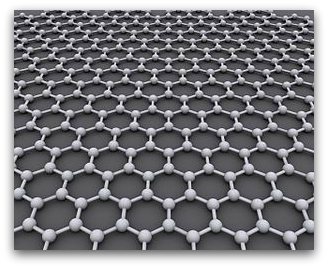
Image: AlexanderAIUS
From solar cells to fuel cells to body armor, graphene has more potential applications than one could briefly summarize. Now, this wonder material is entering into a new realm of possibility.
According to new research from the University of Belgrade in Serbia, graphene has amazing sound detection qualities. Because of this, the researchers have developed the world’s first graphene-based condenser microphone. At about 32 times the strength of some of today’s best microphones, the graphene-based device has the ability to detect a range of audible frequencies. Further, the researchers believe that with a little more tweaking, it will be able to pick up sound that is well beyond the range of human hearing.
This from Gizmodo:
The researchers used a chemical vapor deposition process to “grow” sheets of graphene on a nickel foil substrate. They then etched the nickel away and placed the remaining graphene sheet (about 60 layers thick) in a commercial microphone casing. There, it acts as a vibrating membrane, converting sound to electric current.
While the development is only in its infancy, the microphone is already more sensitive by 15 decibels than commercial microphones. Due to their research, the scientists believe this is only the beginning for the graphene-based microphone. At 300 layers thick, the microphone can detect frequencies up to 1MHz—that’s 50 times higher than human sound detection.

